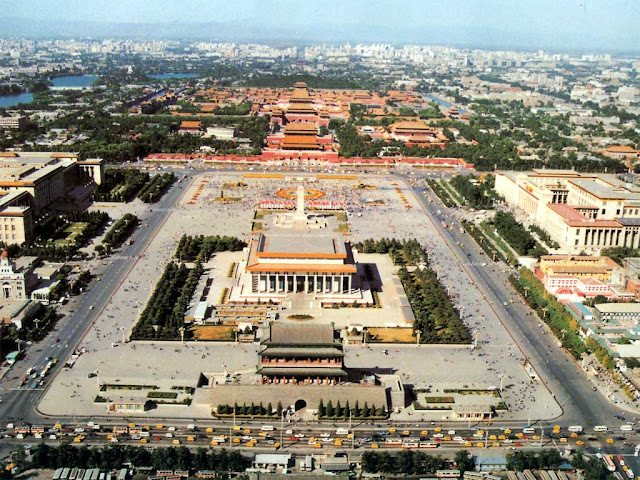Planning arguably began as an attempt to control the physical world. It incorporates ways to mange how humans interacted with each other. As the
Homo genus moved from hunting and gathering to pastoralism to sedentary agriculture, trade generated settlements which became permanent and grew. From about four thousand years ago cities starting evolving in what is now the Middle East, through to China and Meso-America. The patterns and processes typifying these settlements all had to be planned.
Different cultures came up with different ways of planning. While there are many examples of convergent thinking - a dwelling needs floors, walls and roof - there are equally many examples of divergence - a dwelling can be round, square, set in the sides of a cliff, have removable walls, thatched roofs, and so on. It all depends on local conditions.
This course looks at a variety of local conditions. Your job is to examine the planning responses and how well local conditions have been accounted for. We have chosen China, North America, Australia and Pacific island states to give a taste of the variety of ways people approach the art and science of planning.
The blogs from last year have been left posted to give an idea of how the site has been used.



